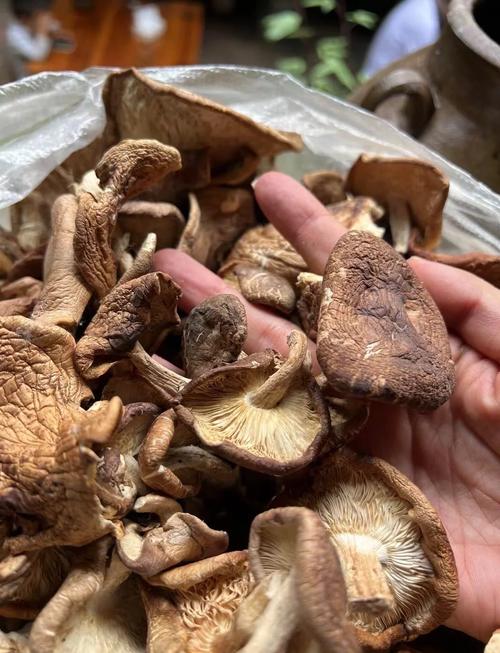E-mail: Alisa@lantianmachine.com
 LANTIAN MACHINERY
LANTIAN MACHINERYE-mail: Alisa@lantianmachine.com
 LANTIAN MACHINERY
LANTIAN MACHINERYPosted at: 2025 / 08 / 14 by: Admin views:

Edible fungi refer to large, edible mushrooms (large fungi) with large fruiting bodies, commonly known as mushrooms. Shiitake mushrooms, wood ear mushrooms, matsutake mushrooms, cordyceps, morels, bamboo fungi, and other edible fungi are all mushrooms.
The mushroom industry is a fast-acting, short-term rural economic development project that combines economic, ecological, and social benefits. Developing the mushroom industry meets the needs of growing consumer spending and sustainable agricultural development, and is an effective way for farmers to quickly become wealthy. The mushroom industry has become a key sector in China's agricultural sector, with enormous domestic market potential.
Mushrooms are an organic, nutritious, and healthy green food. Rich in protein and minerals, they have a water content of up to 90%, making them unsuitable for long-term storage. They typically rot after just two days, so harvested mushrooms must be consumed immediately.
For large-scale mushroom growers, who produce such a large volume of fresh mushrooms daily and want to maximize their economic benefits from edible mushrooms, drying them is essential for long-term storage. However, traditional natural drying methods rely on the weather and are subject to constraints, especially rainy days. Large-scale production is impossible and inefficient. Natural drying also requires a relatively large drying area, and exposure to wind and sun inevitably introduces dust and bacteria, significantly affecting the appearance and quality of the mushrooms, making them unattractive.
Edible mushrooms have a very high moisture content, so during the drying process, special attention must be paid to dehumidifying the drying chamber to promptly remove moisture and prevent them from spoiling. Available sizes range from 800 catties to 8 tons, with options for biomass pellets, natural gas, steam, pure electric power, or air energy. Heat source selection is based on cost and convenience.
The intelligent control system allows pre-set drying parameters and one-click start. Multiple drying time periods and parameters can be set to ensure the drying quality of the mushrooms. A high-quality circulating fan with forward and reverse rotation ensures that hot air circulates throughout the drying chamber, ensuring uniform heat distribution and consistent quality of the dried mushrooms. A high-quality dehumidification fan located on the top of the drying chamber ensures timely and effective dehumidification.
Mushroom Drying Process:
1. Initial Drying Stage - Low-Temperature Color and Shape Fixation
Set the temperature to 35°C for approximately half an hour, then set the temperature to around 40°C and humidity to 70% for 3 hours.
2. Heating and Dehumidification Stage
Set the temperature to 40-45°C and humidity to 50% for 2-4 hours. Observe the mushrooms closely; any shrinkage indicates a gradual reduction in moisture.
3. Intensive Dehumidification Stage
Set the temperature to 50°C and humidity to 35% for approximately 2 hours. During this stage, ensure that moisture is completely dried out. If the junction between the stem and cap is not completely dry, this is normal.
4. High-Temperature Drying Stage
Set the temperature to 50-55°C and humidity to 12% for 1-3 hours. Dry until the moisture content throughout the mushrooms is uniform and reaches the desired moisture content. 5. Natural Moisture Recovery Stage: After drying, do not rush to bag the mushrooms. Instead, place them in a natural environment for 10 to 20 minutes to allow the surface to soften slightly. Otherwise, they may break or crack during bagging, resulting in losses.
Next:Does a hay dryer cause a loss of nutrients in the hay?
Pre:Working Principle of a Multifunctional Polygonatum Slice Dryer
© 2016 Gongyi Lantian Mechanical Plant All rights reserved.